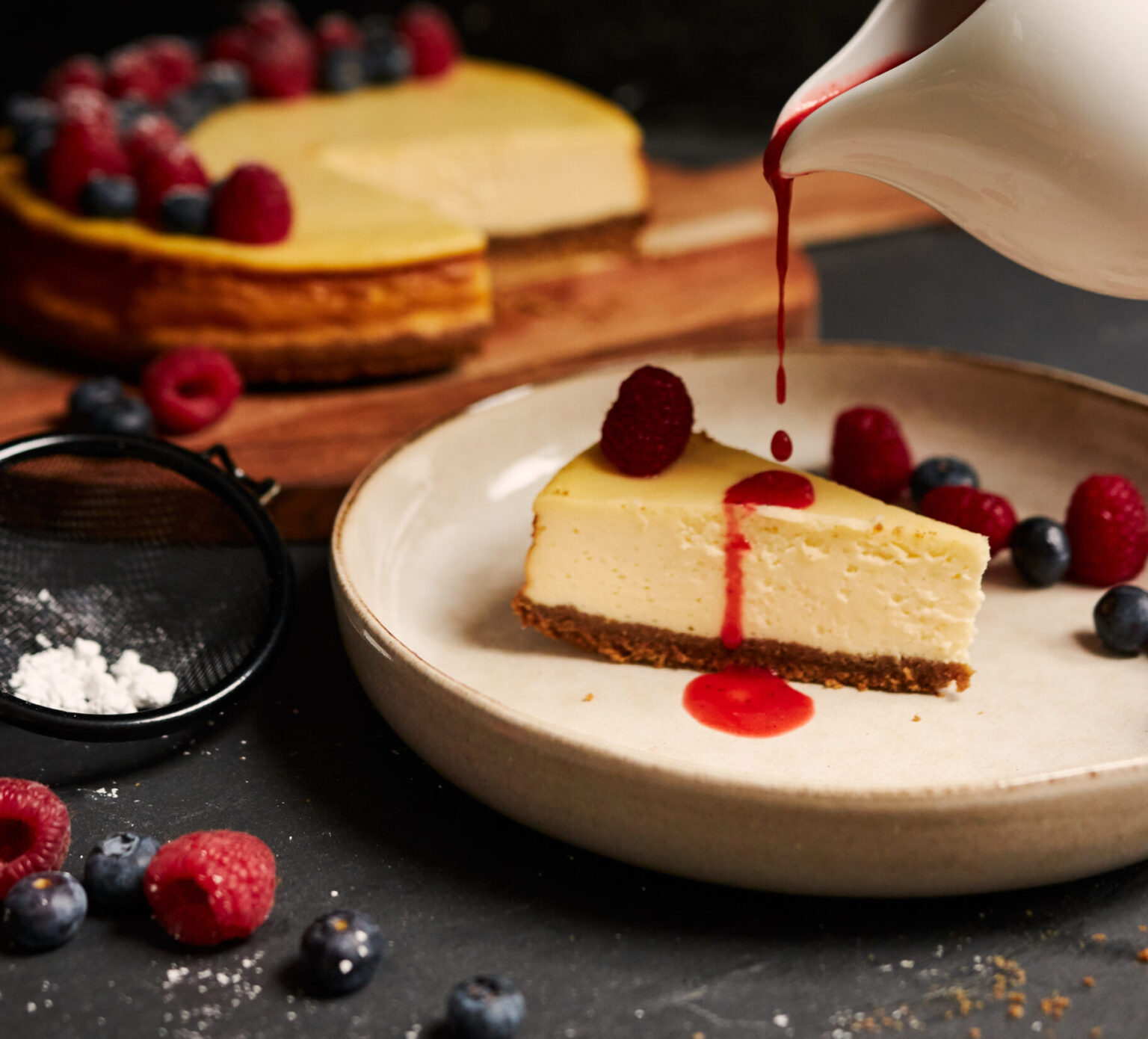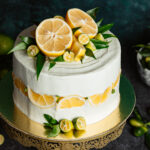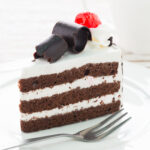Cheesecake is a decadent and creamy dessert that is loved by many. Whether you’re a novice baker or an experienced one, making a perfect cheesecake requires some technique and attention to detail. If you’re ready to embark on a cheesecake-making adventure, here are some helpful tips to guide you:
- Choose the Right Cream Cheese: The quality of cream cheese you use will greatly impact the flavor and texture of your cheesecake. Opt for full-fat cream cheese for a rich and creamy result. It’s best to bring the cream cheese to room temperature before using it to ensure smooth incorporation with other ingredients.
- Prepare the Crust: A good cheesecake starts with a delicious crust. Choose your preferred crust base, whether it’s classic graham crackers, digestive biscuits, or even crushed cookies. Combine the crumbs with melted butter and a pinch of salt, then press the mixture firmly into the bottom of the springform pan to create an even layer.
- Avoid Overmixing: Overmixing the cheesecake batter can introduce too much air into the mixture and result in a cracked top. To prevent this, mix the cream cheese on low speed until smooth and creamy. Add the other ingredients, such as sugar, eggs, and flavorings, and mix just until combined. Scrape down the sides of the bowl to ensure even mixing.
- Use Room Temperature Ingredients: It’s important to use room temperature ingredients for the cheesecake batter. Cold ingredients can cause the batter to curdle or result in a lumpy texture. Take the cream cheese, eggs, and other refrigerated ingredients out of the fridge in advance, allowing them to come to room temperature before starting the recipe.
- Incorporate Eggs Carefully: Eggs play a crucial role in binding the cheesecake and giving it structure. However, be careful not to overmix once the eggs are added. Beat the eggs lightly in a separate bowl before adding them to the cream cheese mixture. Mix just until the eggs are incorporated to avoid overbeating.
- Use a Water Bath: To achieve a smooth and creamy texture without cracks on the surface, consider using a water bath while baking. Wrap the bottom of the springform pan with aluminum foil to prevent water from seeping in. Place the pan in a larger baking dish, and fill the dish with hot water to create a water bath. The water bath helps to regulate the oven’s heat and provides a moist environment for even baking.
- Bake at a Low Temperature: Bake the cheesecake at a low temperature, usually around 325°F (160°C). This slow and gentle baking prevents the cheesecake from puffing up too quickly and then sinking or cracking. The extended baking time allows the cheesecake to cook evenly and set properly.
- Avoid Overbaking: It’s essential to avoid overbaking the cheesecake, as it can result in a dry and crumbly texture. The center of the cheesecake should still have a slight jiggle when you gently shake the pan. Remember that the cheesecake will continue to set as it cools.
- Cool Gradually: Once the cheesecake is done baking, turn off the oven and crack open the door slightly. Allow the cheesecake to cool gradually in the oven for about an hour before removing it to a wire rack. This gradual cooling helps to prevent sudden temperature changes that can cause cracks.
- Chill and Serve: After the cheesecake has cooled to room temperature, refrigerate it for at least four hours or overnight. This chilling time allows the flavors to meld and the cheesecake to firm up. Before serving, remove the cheesecake from the springform pan and let it sit at room temperature for a few minutes. Slice and serve with your favorite toppings, such as fresh fruits, chocolate ganache, or whipped cream.
Making a cheesecake requires patience and attention to detail, but the end result is well worth it. With these tips in mind, you’ll be able to create a creamy and luscious cheesecake that will impress your friends and family. Enjoy the process and savor every delicious bite!








